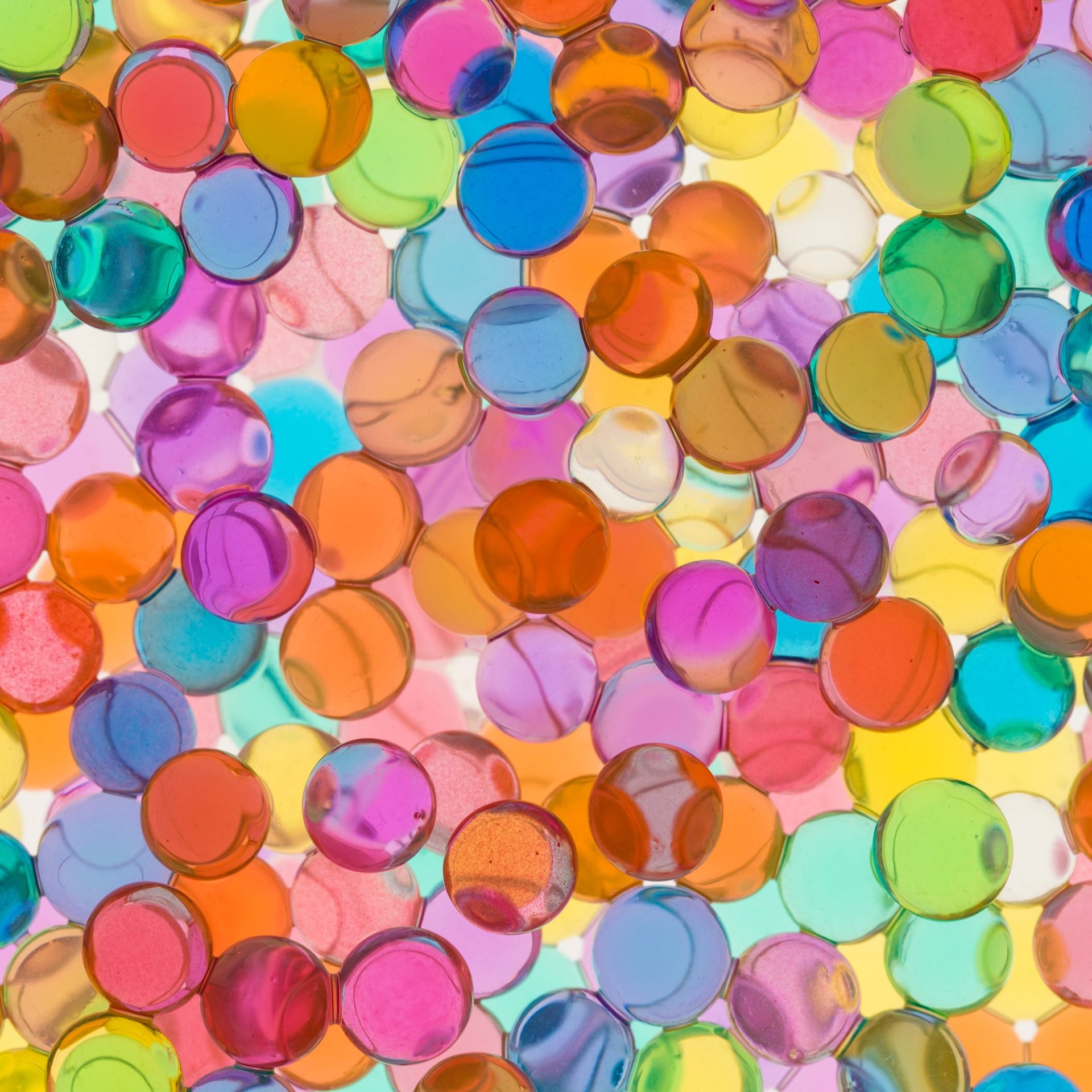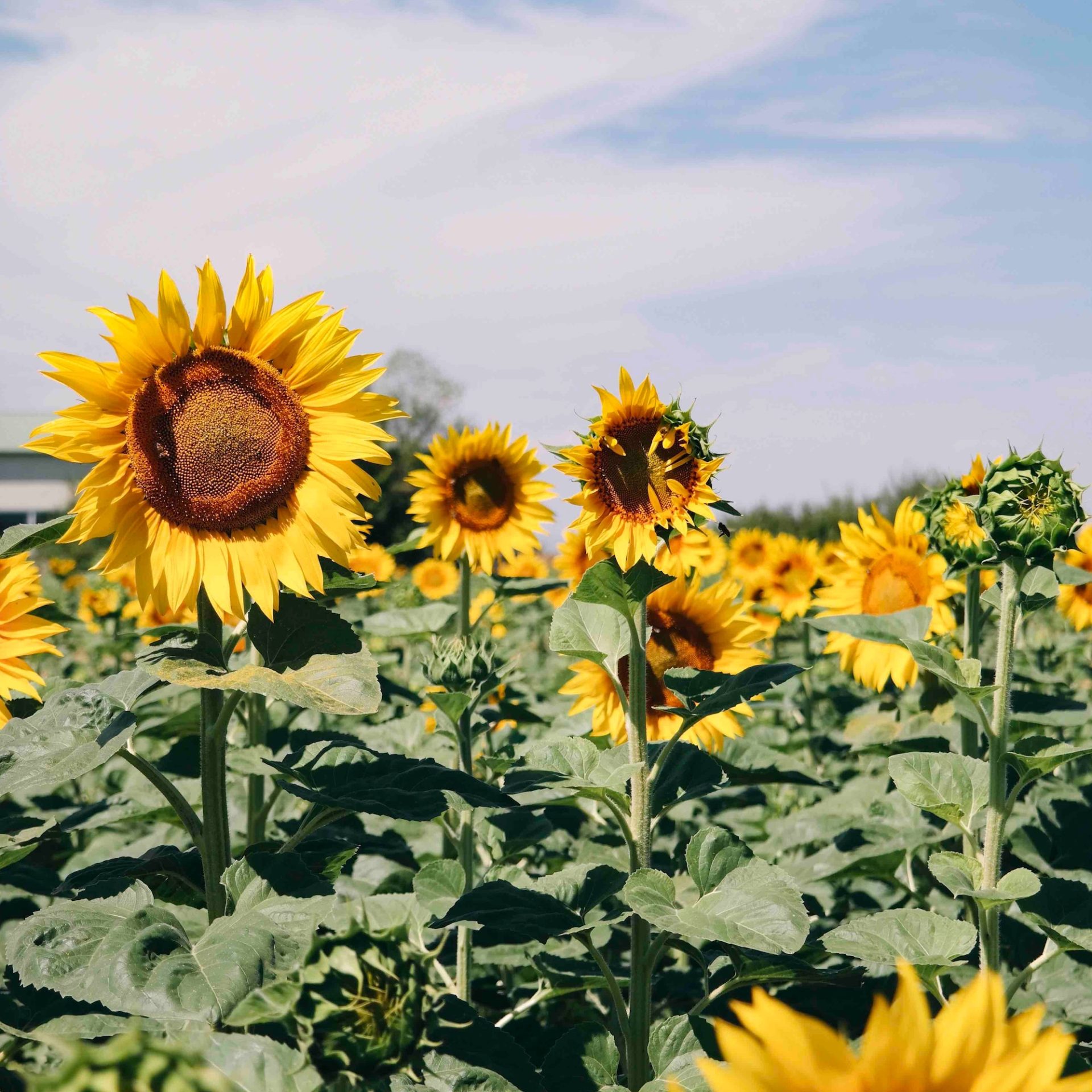Four Aussie sustainability breakthroughs to celebrate beyond Science Week
TGL News

Chemical plastic recycling
As good as you may be at putting your plastics in the right bins, only half of all plastics can currently be recycled. The rest, known as end of life plastics, are sent to landfill, incinerated or find their way into our oceans.
This first invention offers an alternative: chemical recycling.
A technology developed by North Sydney biotechnology company Licella turns plastics such as water bottles and plastic bags into the oil they originally came from, to be used again to create fuels, chemicals and new plastics.
The chemical process works by unzipping the polymers and converting them back to the chemicals in which they came, including liquids such as waxes, diesel and petrol and gases such as ethylene (a raw ingredient to make new plastics).
It’s also very fast, taking just 20 minutes to stabilise and efficiently convert the plastics. This process has the potential to makes plastic a truly circular resource, allowing us to recover the end of life material that would otherwise end up in the earth or the oceans.
Feeding solar power into the grid
Planet Ark Power has cracked one of the biggest problems in the clean energy revolution: the “voltage problems” associated with transferring large loads of electricity back into the grid.
Before the Brisbane based company came out with its clever device, hurdles such as strict policies and regulations made it near impossible for large rooftop solar installations to transfer excess power back into the grid.
But no more. Planet Ark Power’s device jumps these hurdles at a bound, monitoring and managing outgoing voltage on site to make it safe and efficient to transfer into the grid thanks to AI software control.
This technology is a real game changer. It means institutions and businesses such as schools could actually make money out of their ample rooftop real estate, in addition to harvesting their own clean energy.
The reusable coffee cup
Though not as technical or scientific as the other items on this list, the humble reusable coffee cup has helped us reduce reliance on single use plastics since it was created by Melbourne cafe owners in 2007.
Before then, busy professionals craving a slice of the vibrant independent coffee scene needed to use one of the disposable cups that slithered into the mainstream in the 1990s. To this day they remain a convenient product that sees Australians churn through roughly 2,700,000 every single day.
Today, KeepCups are used in more than 65 countries around the world, and according to the creators they divert millions of disposable cups from landfill every day. There are of course other brands available, but this one was the ticket that launched the idea to the main stage.
Converting CO2 to building materials
This breakthrough makes it possible to capture the CO2 created by steel and cement and turn it into useful things such as more building materials.
It’s known as mineral carbonation technology, and it means CO2 can be converted to a money maker and help us meet our Paris Agreement targets.
First the CO2 is captured via a method based on the natural process of weathering rocks from rainfall. Serpentine magnesium silicate rock is heated to release water and combined with compressed CO2 to form magnesium carbonate and silica sand. This is then transported to a mineral carbonisation plant where it is used to refill serpentine mines and make more valuable products.
As a result the otherwise polluting carbon can be used to create new products such as cement, pavers, plaster boards and other silica rich products such as low rolling resistance tyres.












